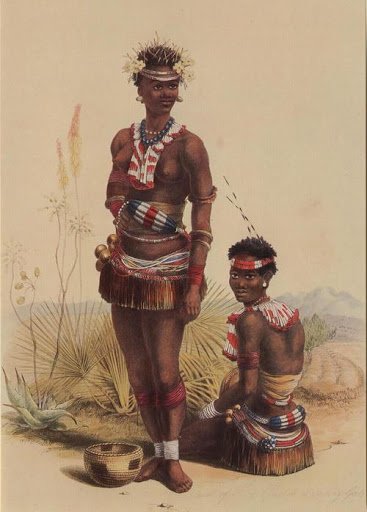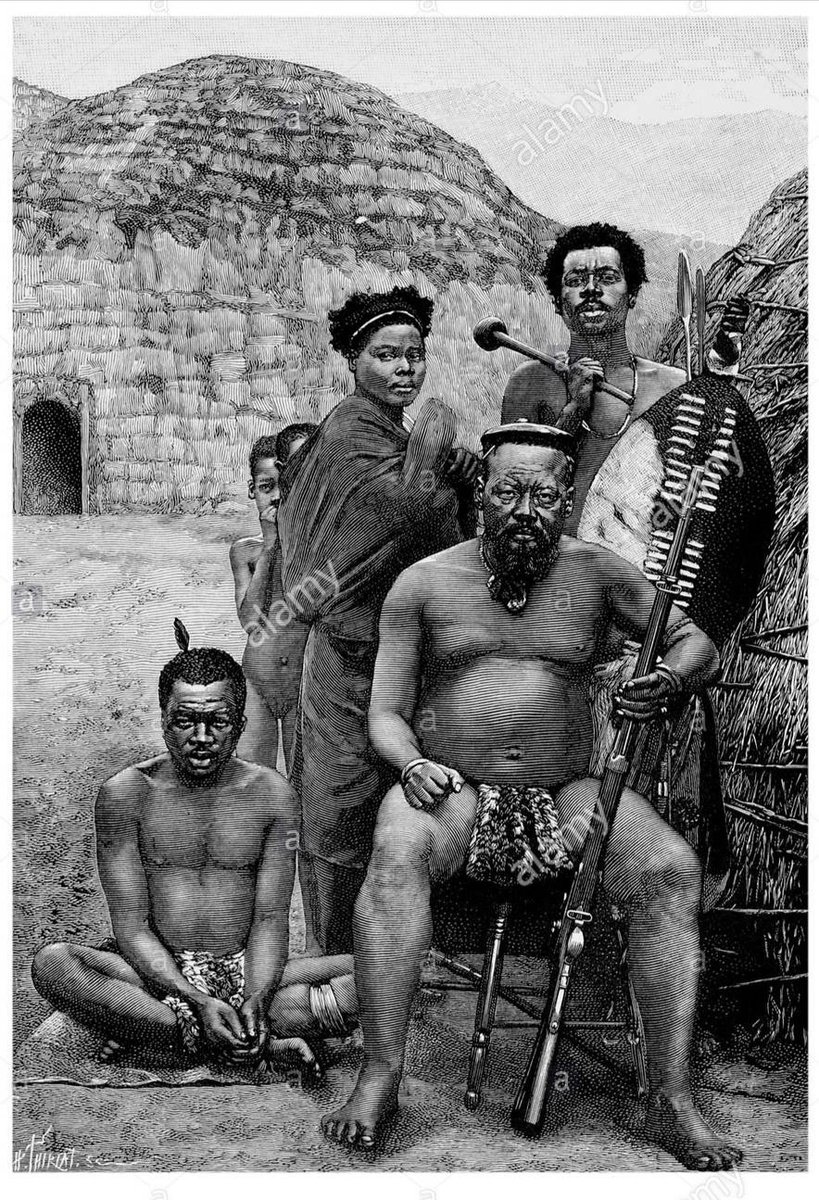
1. THE SOTHO PEOPLE OF ZIMBABWE🇿🇼 (Part 2)
Umnxeba....🧵
The BaBirwa are Sotho people who came from Transvaal in present-day South Africa and settled in modern day Zimbabwe. The language spoken by the Babirwa people, seBirwa, is a dialect of Northern Sotho.
Umnxeba....🧵
The BaBirwa are Sotho people who came from Transvaal in present-day South Africa and settled in modern day Zimbabwe. The language spoken by the Babirwa people, seBirwa, is a dialect of Northern Sotho.

2. The Babirwa in Zimbabwe are found in the South West of Gwanda District, in the villages of Gungwe, Ntalale, Tlhakadiyawa, Kafusi, Mawaza, Mafukung and surrounding villages.
3. When Babirwa moved into the area which is today known as Gwanda (a corruption of the Ndebele word Kwanda, increase),it was inhabited by Jahunda (Kalanga dialect) speaking people & a group of Ndebele who moved southward from the northern side of precolonial Matabeleland South.
4. Other groups of Babirwa left their homes north of Polokwane with other Transvaal migrants again and joined their relatives who left Transvaal for Bokgalaka (Kalangaland),what Sothos called modern day Zimbabwe territory back then.
5. Not all Basotho of Zimbabwe are BaBirwa. Those that are found under Beitbridge district all the way to Manama and surrounding areas are not BaBirwa. These are descendants of Northern Sothos of the then Northern Transvaal who had been displaced off their lands by the Boers.
6. These groups of Basotho travelled in groups usually related. They came from different areas of the then Northern Transvaal as far as Potgietersrus today known as Mokopane.
7. Others came from Polokwane around Moletse areas, Bochum, Taaibosch, Zebediela, Ga Kibi, Botlokwa, Ga Makgato etc and there were also others who were from Venda and others Tsonga speakers who adopted the Sotho spoken in Zimbabwe by association and marriage.
8. Some of the descendants of those people returned to South Africa in the 1920s, 30s, 40s, 50s, 70s, 80s and reunited with their relatives in Northern Transvaal. 

9. Today there are many Pedi and Venda speaking people in Limpopo and Venda respectively with Zimbabwean roots from these migration of the returnees. Some Basothos in Zimbabwe are still in touch with the relatives of their ancestors both in South Africa and Botswana.
10. The Sotho language of Zimbabwe which is similar to the Sesotho that is spoken in Musina and surrounding areas is a corrupted Kubu dialect and it is similar to Selobedu. Sotho is an official language in Zimbabwe.
11. Basotho became part of the Ndebele state under King Mzilikazi and adopted totems as their surnames and that is why today, some of them use surnames like Ndlovu, Nyathi, Sibanda, Moyo, Dube, Mdlongwa etc. Others now use their Sotho surnames like Makhurane, Nare, Tlou etc
• • •
Missing some Tweet in this thread? You can try to
force a refresh
















